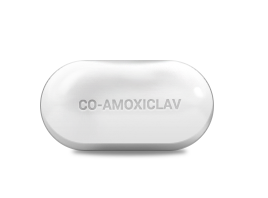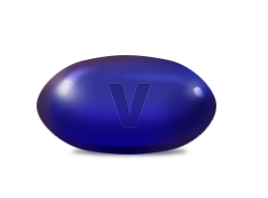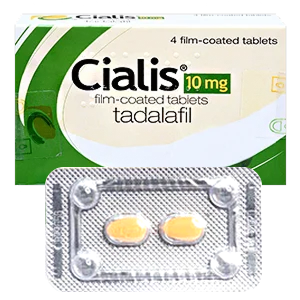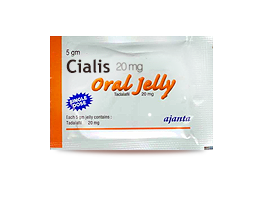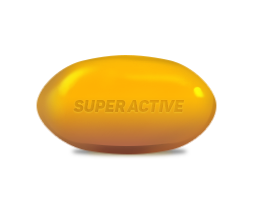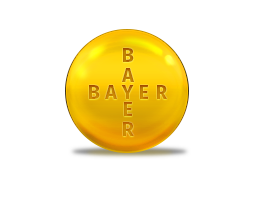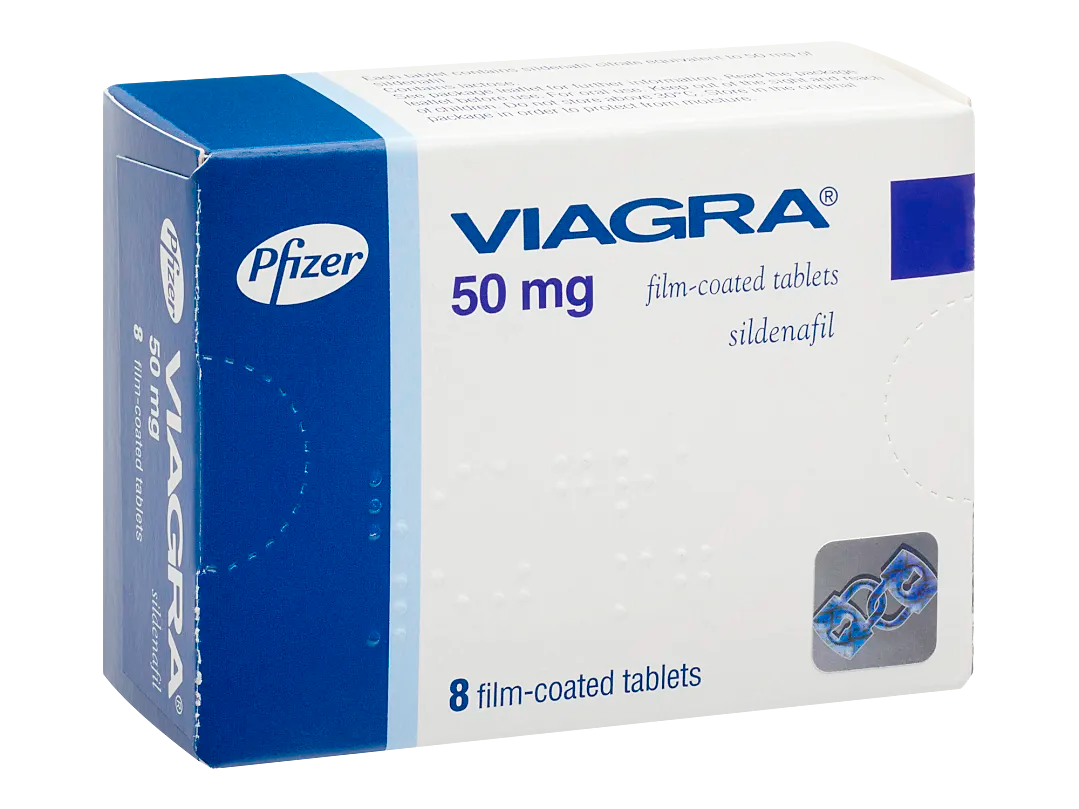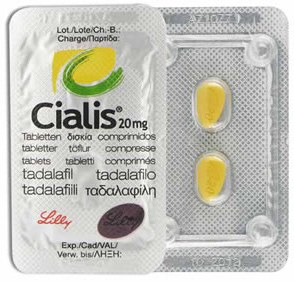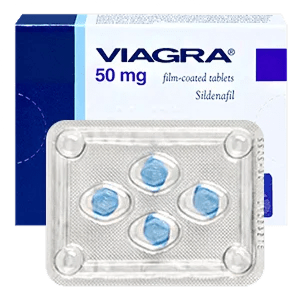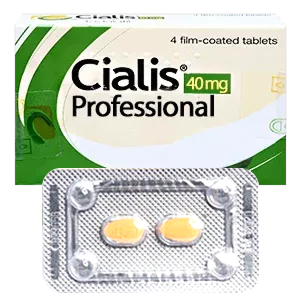Stromectol - a medical preparation that effectively cope with many kinds of parasites. It is used to treat lice, scabies, as well as onchocerciasis (river blindness) and other nematodes in humans and animals. It is applied externally and internally, depending on the disease.
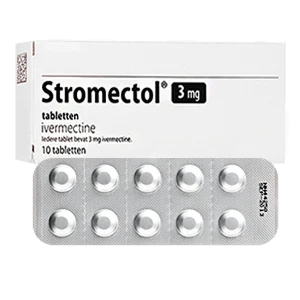
Zithromax - antibiotic of a wide spectrum of action. Antibiotic-azalide, a representative of a new subgroup of macrolide antibiotics. In the focus of inflammation it has a bactericidal effect. For the active ingredient of Zithromax, Azithromycin, all the gram-positive cocci (except those bacteria which are resistant to erythromycin) are susceptible.
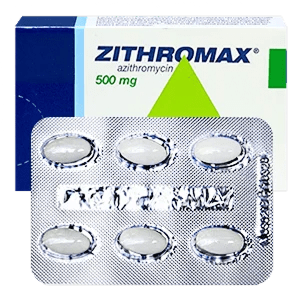
Amoxil - is a semi-synthetic aminopenicillin antibiotic of broad spectrum effects for oral administration. Suppresses the synthesis of the cell wall of the following bacteria: Corynebacteriumdiphtheriae, Enterococcus faecalis, Listeria monocytogenes, Streptococcus agalactiae, Streptococcus bovis, Streptococcus pyogenes; Helicobacter pylori; Peptostreptococcus; Borrelia.
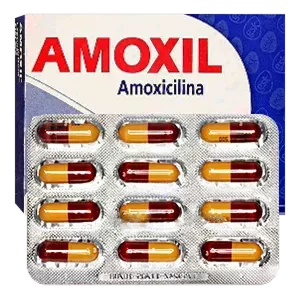
Doxycycline is a semi-synthetic antibiotic of a broad spectrum of tetracyclines. Causes bacteriostatic action by suppressing protein synthesis of pathogens as a result of blocking the aminoacyl transport RNA (tRNA) with the "information RNA (rRNA) complex" ribosome.
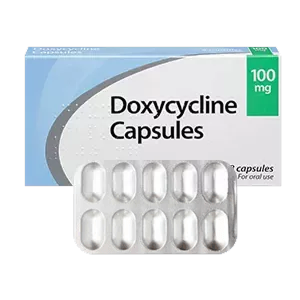
Cipro - the antimicrobic broad-spectrum agent derivative of fluroquinolone, suppresses bacterial DNA gyrase, breaks DNA synthesis, growth and division of bacteria; causes prominent morphological changes and fast death of a bacterial cell. It effects bactericidal at gram-negative organisms during a dormant period and deletion, on gram-positive microorganisms - only during deletion. During taking Cipro there is no parallel development of resistance to other antibiotics, which do not belong to group of inhibitors of a gyrase that does it highly effective in relation to bacteria which can be steady, for example to aminoglycosides, penicillin, cephalosporins, tetracyclines and many other antibiotics.
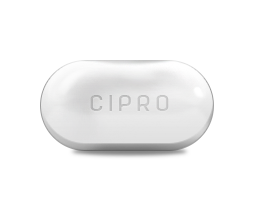
Augmentin - the Antibiotic of a broad spectrum of activity. It has bacterolytic (destroying bacteria) effect. It is active concerning a wide range of aerobic and anaerobic gram-positive and aerobic gramnegative microorganisms, including strains producing betalactamase. It is prescribed at diagnosing of bacterial infections caused by microorganisms, sensitive to drug: infections of upper respiratory tracts, bacterial infections of skin and soft tissues, infections of urogenital tract, sepsis, infection pelvic organs.
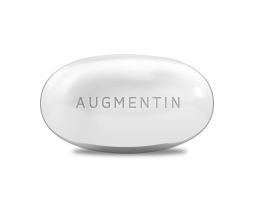
Ampicillin - Semi-synthetic penicillin, which has a wide range of effects and exhibits bactericidal effect. Suppresses the synthesis of the cell wall of bacteria: Streptococcus pneumoniae, Staphylococcus spp., Bacillus anthracis, Clostridium spp., Enterococcus faecalis, Listeria spp., Haemophilus influenzae, Neisseria meningitidis, Proteus mirabilis, Pasteurella multocida, Salmonella spp., Shigella spp., Escherichia coli, Aerobic non-spore-forming bacteria. Acid-resistant.
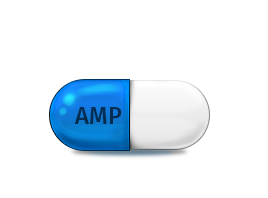
Flagyl - antiprotozoan and antimicrobic drug. It is prescribed at treatment of protozoan inspections (abenteric amebiasis, including amoebic abscess of liver, an intestinal amebiasis, trichomoniasis, giardiasis, balanthidiasis, lambliasis, skin leushmaniosis, mecotic vaginitis, mecotic urethritis), pseudomembranous colitis, gastritises, ulcer, prevention of postoperative complications (especially interventions at segmented intestine, perirectal area, appendectomy, gynecologic operations).
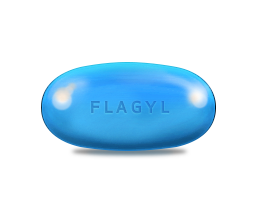
Bactrim - a combined drug, containing two active ingredients: sulfanamide drug sulfamethoxazole and derivative of diaminopyrimidine - trimethoprimum. Colibacillus life activity oppresses that leads to reduction of synthesis of thymine, riboflavinum, niacin, etc. group B vitamins in intestines. Duration of therapeutic effect makes 7 years.
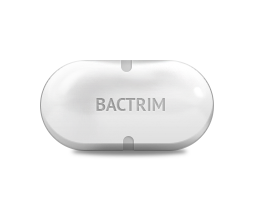
Cephalexin - antibacterial agents for systemic use. Cephalosporins of the first generation. Used in the treatment of infections caused by microorganisms susceptible to cefalexin: ENT organs and respiratory tract, genitourinary system, skin and soft tissues, bone tissue and joints.
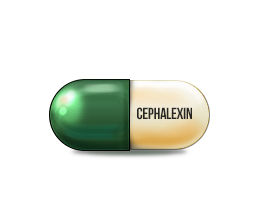
Erythromycin is a macrolide antibiotic of bacteriostatic action. In high concentrations and relatively high-sensitivity microorganisms may have a bactericidal effect.
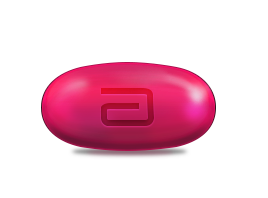
Tetracycline has a wide range of antibacterial activity. It interferes with the formation of a complex between the transport RNA and the ribosome, which leads to a violation of protein synthesis by a microbial cell. Active in relation to most gram-positive and gram-negative bacteria, spiophets, leptospires, rickettsiaes, trachomae pathogens, ornithosis, and large viruses.

Keflex – It is used for the treatment of infections of the upper respiratory tract, urogenital system, ENT organs, skin and soft tissues, bones and joints. Refers to a group of cephalosporin antibiotics of the first generation. It has an bactericidal effect, disrupts the synthesis of the cell wall of microorganisms. It is resistant enough to penicillinases of gram-positive microorganisms, It can be destroyed by beta-lactamases of gram-negative microorganisms.
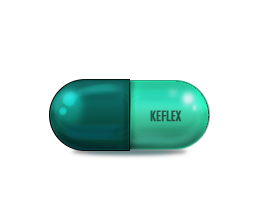
Cleocin has bacteriostatic and bactericidal activity depending on concentration of drug, infectious process and condition of an organism of the patient. Active against aerobic and anaerobic streptococcus (except for enterococci), the majority of staphylococcus except for methicillin-resistant strains, bacteroids except for Bacteroides melaninogenicus, spindle-shaped bacteria
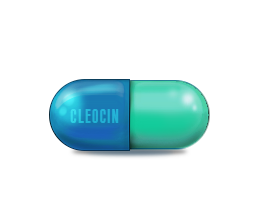
Trimox has an active ingredient called amoxicillin. It is an antibiotic of penicillin, which fights bacteria. Trimox is used to treat many different types of infection caused by bacteria such as tonsillitis, bronchitis, pneumonia, gonorrhea and infections of the ear, nose, throat, skin or urinary tract. This remedy is sometimes used together with another antibiotic called clarithromycin (Biaxin) to treat stomach ulcers caused by Helicobacter pylori infection. This combination is sometimes used with a gastric acid reducer, called lansoprazole (Prevacid).
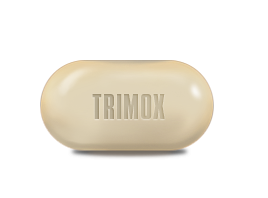
Cefixime is a medicine intended for the treatment of acute and chronic bronchitis, bacterial bronchitis, middle ear inflammation, pharyngitis and tonsillitis, bacterial infections of the urinary tract, cystitis, urethritis, pyelonephritis, cerivitis.
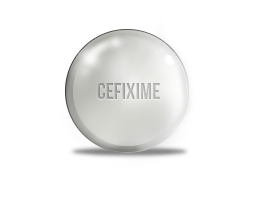
Tinidazole - an antibacterial agent for systemic intake, used for the treatment of diseases such as trichomoniasis, giardiasis, amoeba dysentery, anaerobic infection, mixed aerobic-anaerobic infections (in combination with appropriate antibiotics), prevention of postoperative anaerobic infections.

Co-Amoxiclav - co-formulated antibacterial agent, combine of bactericidal antibiotic of a broad spectrum of activity, from a group of semi-synthetic penicillin - Amoxicillin and Betalactamase inhibitor.
